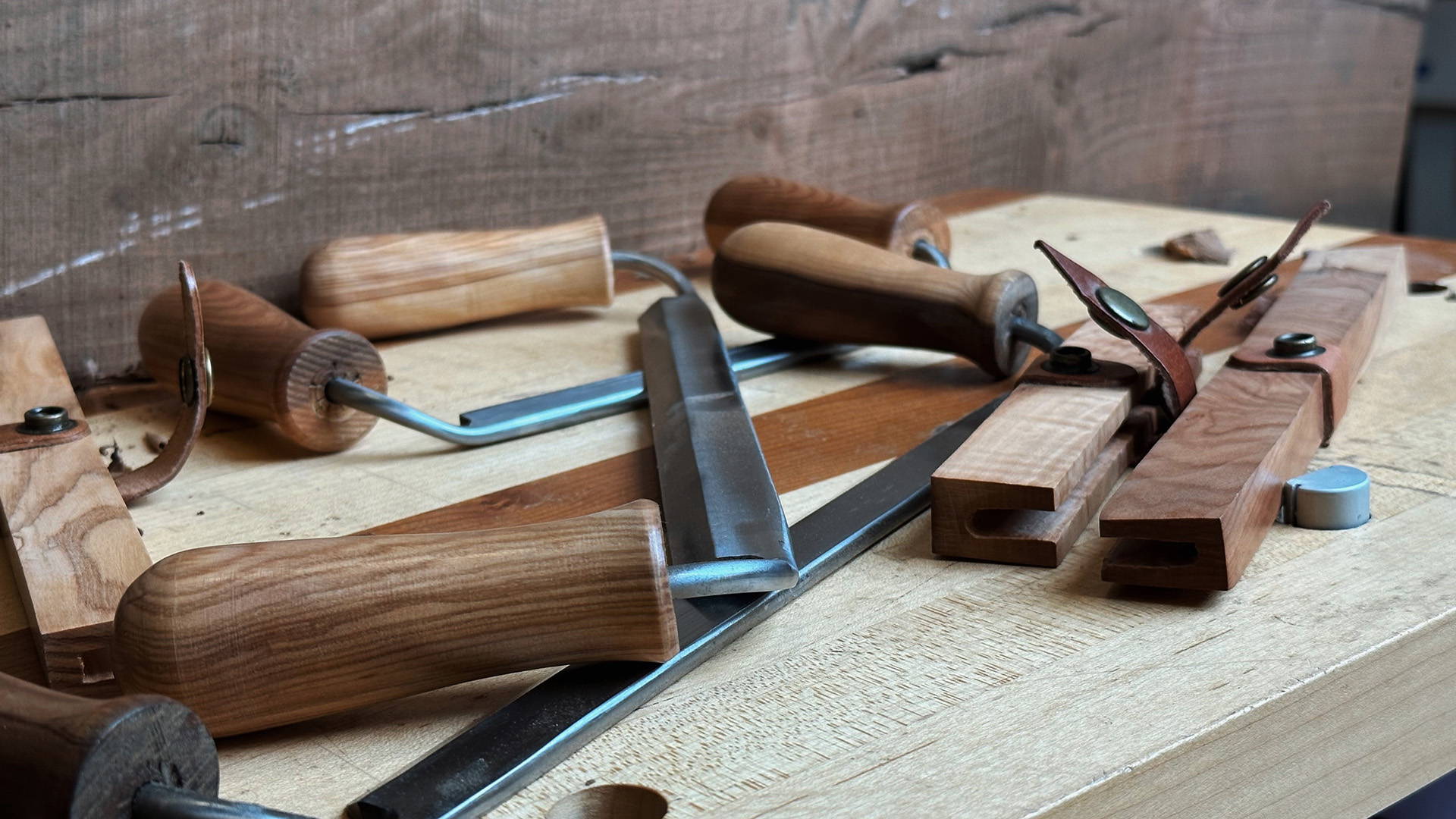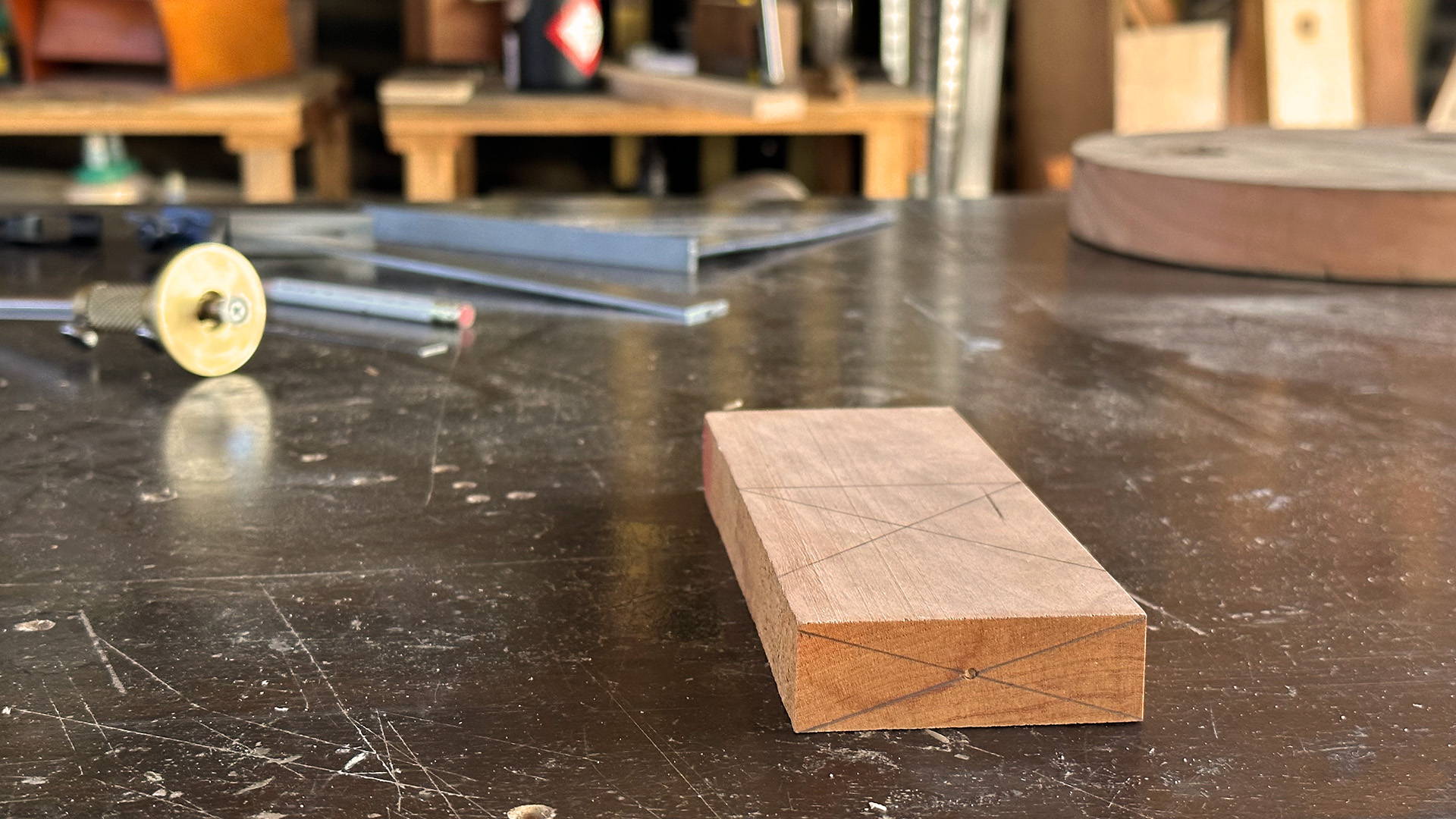Need to cut a concave curve? The quickest tool for the job might not be what you think.
No, it’s not the rusty nail clippers your grandpa supposedly used to fight off a school of barracuda during the war (technically called a “battery,” he’ll have you know).
I’m talking about a drawknife.
Drawknives are super efficient for quickly roughing out concave curves and tapers.
Once you get the hang of the tool, you can hog out massive curves in a single draw of the knife (what genius named this thing?).
Here’s a few tips for success:
CUT CONCAVE CURVES WITH THE BEVEL DOWN
Like a chisel, using a drawknife bevel down gives you more control over cutting depth.
Dig in deep at the beginning of the cut then level out the blade as you pull it through.
If you try to cut a curve with the bevel up, you might end up cutting off a whole lot more than you bargained for.
ADD A SLICING MOTION TO THE CUT
Your first instinct might be to pull the drawknife straight toward yourself with the blade perpendicular to the board.
It’s actually better to hold the blade at a slight angle to the board and slice across its entire length during the cut.
The slicing motion makes it easier to clear more material and helps wear the blade more evenly.
PAY ATTENTION TO UPHILL/DOWNHILL GRAIN DIRECTION
Like any tool, always cut with the wood grain to avoid tearout and splitting.
But whenever you cut curves into a board, you’re introducing variations in an edge’s grain direction.
A rule of thumb for straight grained boards is to always cut downhill on concave curves. That means you cut both sides from the top of the curve down towards the center.
Trying to go uphill on concave curves will lead to major tearout (think of the petting a cat principle).
Never used a drawknife? Now’s your chance with the now available KM Tools Hand Forged Drawknife with a protective wooden cover.
This tool is an absolute joy to use — whether it’s removing bark, shaping spindles, or clearing away massive chunks of material in one fell swoop.
We have a larger (10” blade) and smaller (6” blade) version depending on your needs, and both come with a beautiful snap on wooden cover to protect the edge and your fingers.
These are part of a new collection of Hand-Forged Hand Tools we now carry that are way too friggin’ cool.
What's your preferred method for cutting concave curves? Let us know in the comments below!
Follow us on Instagram @katzmosestools, on TikTok @katzmoseswoodworking, and check out my YouTube channel for more great woodworking content...
And as always, STAY SAFE IN THE SHOP!










